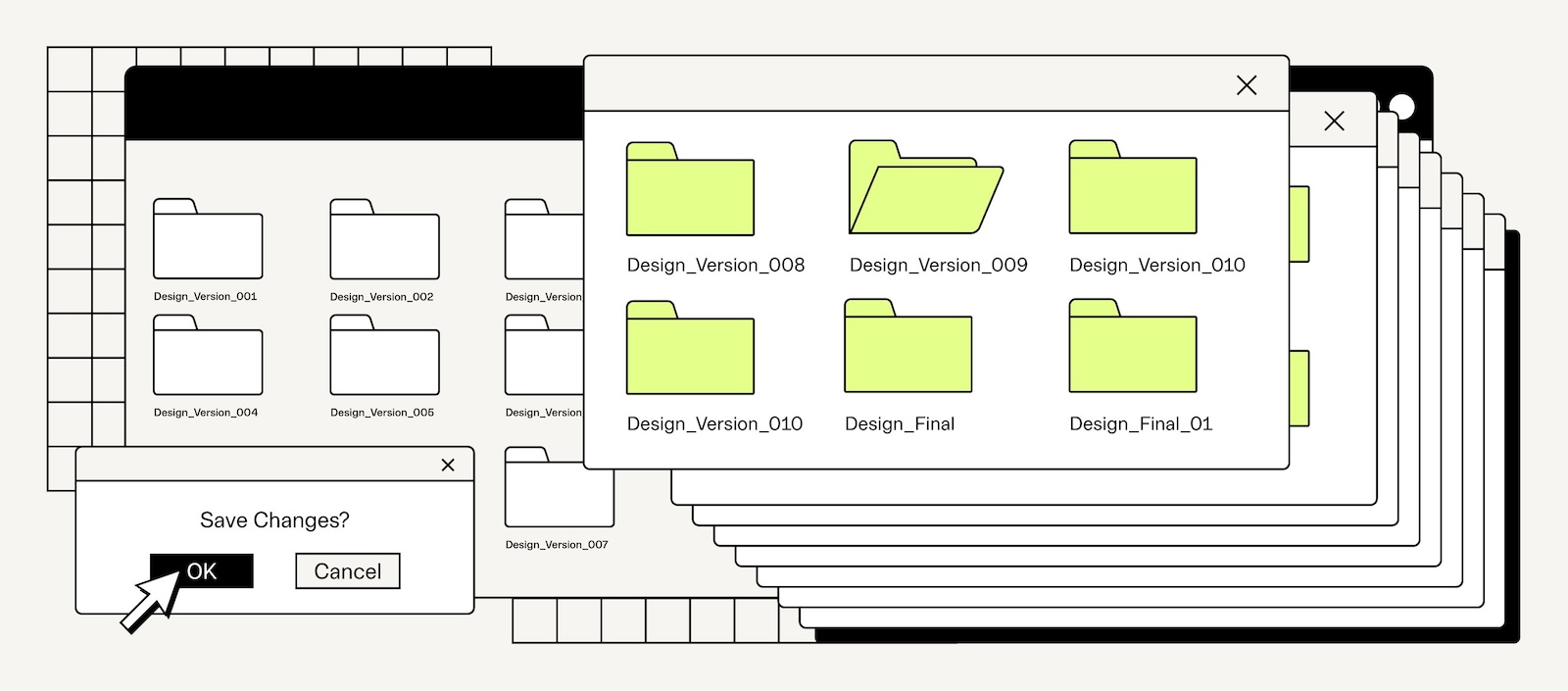Resilience – How to Keep Creating, Leading and Moving Forward When the World is Shaking
Why talk about resilience—especially now?
Two short scenes this week nailed the topic for me:
- Studio chat with Dar, our art-director.
While a war outside is messing with everyone’s routines, we’re seeing a rise in new-project requests. Clients want to “get moving” fast—short rounds, green light, go. Classic Israeli response: when it’s noisy outside, work turns into an anchor. - My 12-year-old’s family to-do list.
She drafted a list for herself and her brothers, they ticked every box, and she bounced over:
“Mom, checking things off feels so good!”
That tiny dopamine hit—exactly what the brain needs so it won’t freeze in uncertainty.
The same morning, Roni Weinberger’s NVC newsletter landed in my inbox, summarizing Dr Lucy Hone’s TED talk on resilience:
“Flexibility, grit and bounce-back are survival skills; three simple principles bridge healthy coping with ongoing action.”
Those three inputs—Dror’s call-to-action clients, my daughter’s check marks, and Roni’s newsletter—lit the bulb: how do we keep ticking boxes even while the ground shakes?
Below are Hone’s three principles, the research that backs them, plus quick tips you can use even if a siren cuts into your meeting.
Shit Happens – Acceptance, Not Blame
Hone’s point
Resilient people know hardship is part of life. They don’t waste energy on “Why me?”
What the research says
- Harvard Business Review 2023: A 15-minute weekly “reality check” (share one struggle) boosted team engagement by 23 % during high-stress periods.
Field tips for wartime
- Open every daily stand-up/WhatsApp thread with “What’s my biggest challenge today?”—short share, not therapy.
- Pre-label which goals are “red” and can be postponed—no guilt if conditions slide.
Focus on What You Can Control
Hone’s point
Focus is a spotlight—place it with purpose and you’ll feel back in charge.
What the research says
- Microsoft Work Trend Index 2022: Writing three “within-my-control” tasks each morning → +29 % deliverables completed per week.
Tips for noisy days
- Analog: small whiteboard or sticky with three daily must-dos to tick (just like my daughter).
- Digital: add a “Controllable” label in Trello/Jira—touch those cards first when alerts and news pop up.
The Daily Filter: Help or Harm?
Hone’s point
Before acting, ask: “Is this helping me or hurting me?”—then drop the harmful stuff.
What the research says
- Gallup 2021: Managers who spent 30 sec jotting “Decision—help/harm” cut burnout by 19 % in 60 days.
Survival tips
- Every 2–3 hours pause: “This Twitter scroll—helping or hurting?” Kill the doom-scroll.
- Set a phone timer labeled Energy Check. If the task drains you, park it for later.
The 4×4 Remote-Team Routine for Rough Weeks
Habit: How to do it
Daily 2-min check-in
“Win, Blocker, Ask” via Slack/WhatsApp voice
Keeps connection, no Zoom fatigue.
Cap Zoom
External calls ≤ 30–40 min, internal 15–20 min, end 5 min early for coffee/stretch
Breaks screen fatigue, gives a mini-reset.
Emergency 90-20 rule
90 min deep focus → 20 min move/drink/breathe
Deloitte 2023: ↑ 17 % efficiency, ↓ burnout.
Weekly Win & Learn
Each member shares one win + one takeaway (10 min) - Boosts meaning and shared control.
Closing: Resilience Is a Daily Muscle
Admit the storm, zoom in on controllables, and run the Help/Harm filter—three tiny moves that keep performance steady when the news ticker won’t. APA 2024 reports that teams practicing resilience habits see +22 % productivity and healthier well-being over time.
Life won’t wait for calm skies—so let’s keep ticking those boxes, even when the background noise screams.










